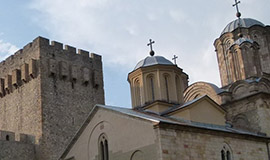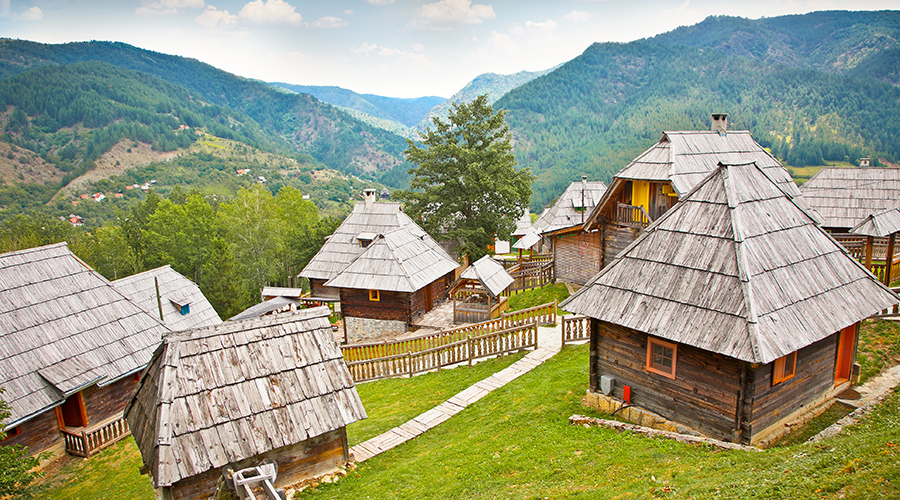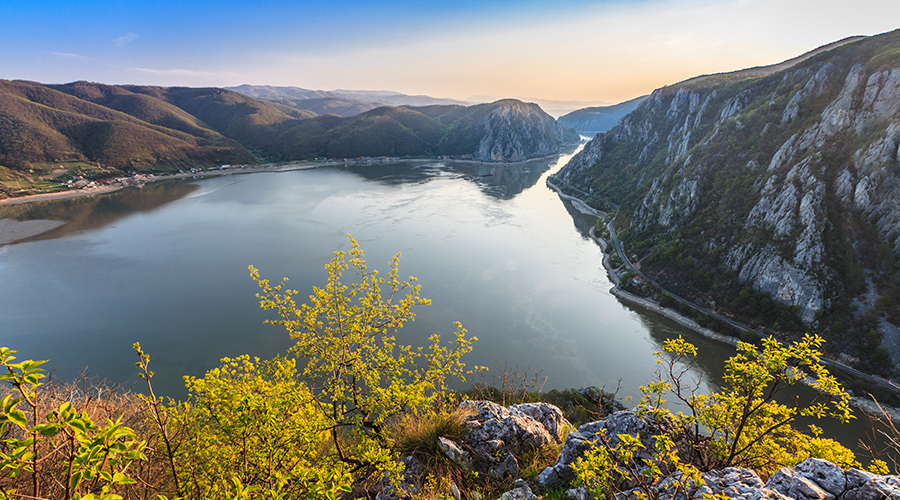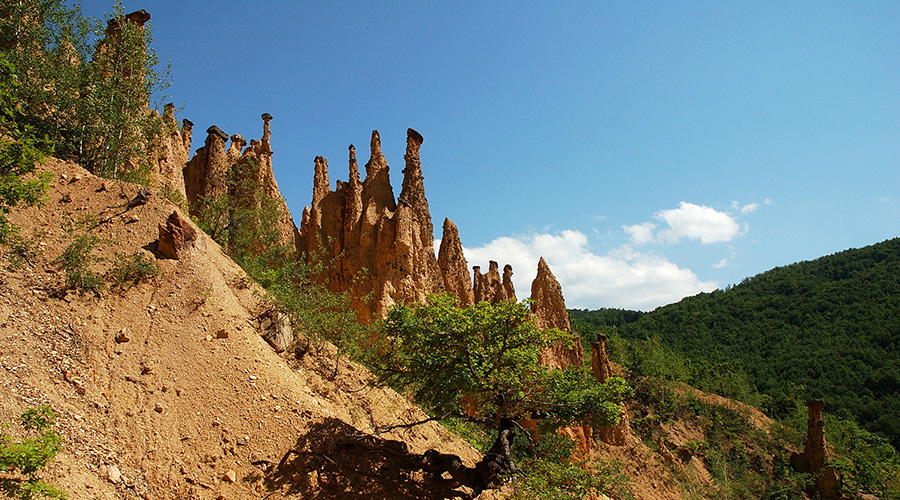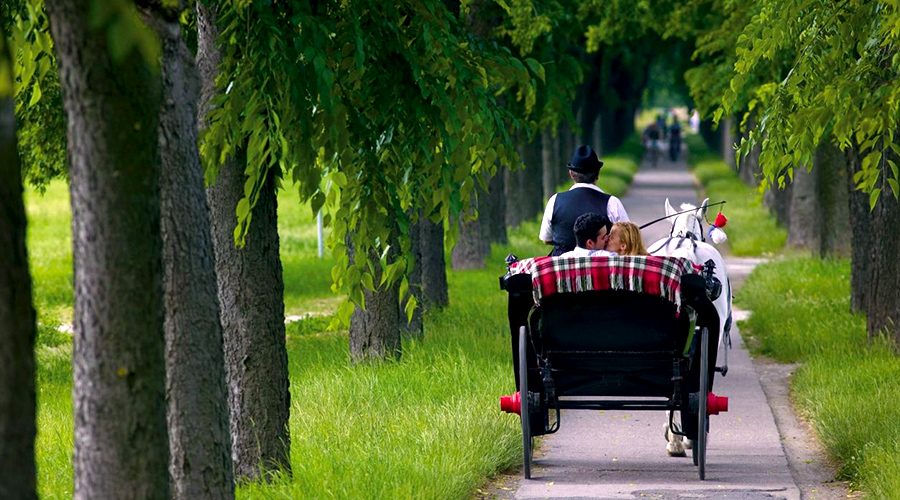Spiritual Serbia in 270km
Drive from Belgrade on highway toward Despotovac and the region of Serbia connected with important Serbian ruler, Despot Stefan Lazatević, sun of Prince Lazar Hrebeljanovic( killed at battle of Kosovo 1389.). After abandoning the highway, we will take direction to the Eastern Serbia and Manasija Monastery. Monastery is located in the Resava river gorge, about 135km south-east of Belgrade. As an endowment of Despot Stefan Lazarević, the monastery was built in the hard times after the Battle at Kosovo (1389) and its construction lasted from 1406/7 to 1418. Its special feature is its fortification, capable of defending and protecting the monastery settlement. The Manasija fortification has eleven towers and a specially defended section at its east end with the twelfth tower. This monastery was cultural center of Serbia until the end of 17th century: meeting place of educated monks, where literature was attended, transcription activity was on the highest level.
After lunch, proceiding to Monastery Ravanica, founded by the Serbian Prince Lazar in the second half of the 14th century, is the most typical example of what is called the Morava school of Serbian medieval architecture. The monastery's five-domed Church of the Ascension displays rather badly damaged but very fine frescoes.
Resavska cave & Waterfall Lisine
Resava Cave is the largest cave system in Serbia, and has about three kilometres of passages which makes her one of the greatest natural treasures and most attractive cave in Serbia. It is one of the oldest caves in Serbia, some 80 million years old, with some of the older formations dating back around 45 million years. Its formation began before the Great Ice Age through the chemical and mechanical action of a subterranean river running through the limestone bedrock.This area is characterized by a variety of forms, because it is a highland area mainly limestone composition. At 156 m in length, Ivkov ponor is Serbia’s largest recess.
Monastery Manasija
Manasija Monastery is founded by Despot Stefan Lazarevic between 1406. and 1418. The church is dedicated to the Holy Trinity. It is one of the most significant monuments of medieval Serbian culture and it belongs to the "Morava school”. The monastery is surrounded by massive walls and towers. Immediately following its foundation, the monastery became the cultural centre of the Serbian Despotate. Manasija complex was declared Monument of Culture of Exceptional Importance in 1979, and it is protected by Republic of Serbia and monastery have entered a UNESCO Tentative List Process in 2010.
Monastery Ravanica
Ravanica Monastery was built between 1375 and 1377. It is the famous Prince Lazar's foundation, where he was buried after his death in the Kosovo battle. The monastery church is dedicated to the Ascension of Jesus and was fortified with the strong defensive wall with seven towers, of which only a part is preserved. The Ravanica church is the first monument of the Morava school of the Serbian medieval art. It was declared Monument of Culture of Exceptional Importance in 1979, and it is protected by Republic of Serbia.
